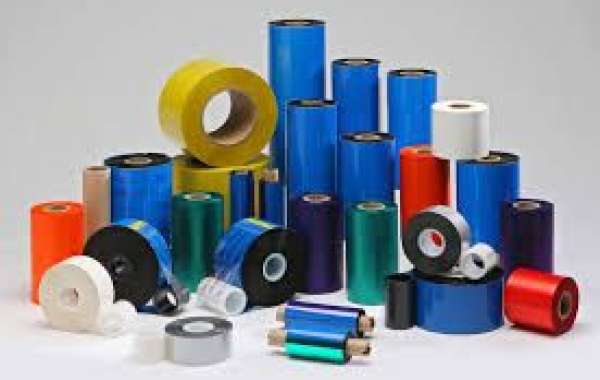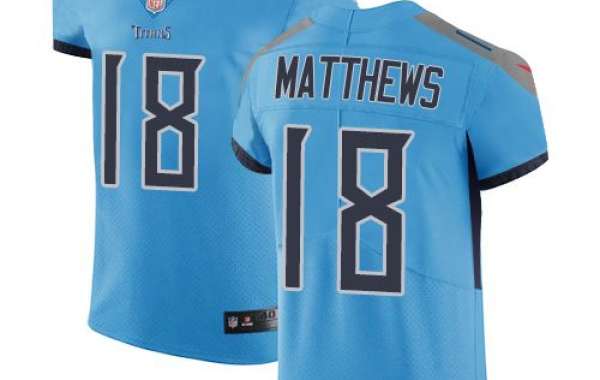In today's fast-paced, data-driven world, barcodes are an essential part of managing inventory, tracking assets, and maintaining accurate records. But behind the crisp, scannable lines on barcode labels lies a small but critical component — the Barcode ribbon. Though often overlooked, the barcode ribbon plays a central role in producing durable and readable barcode labels. Whether you are in retail, healthcare, logistics, or manufacturing, understanding barcode ribbons is key to maintaining the quality and efficiency of your operations.
What is a Barcode Ribbon?
A barcode ribbon is a type of coated film used in thermal transfer printing, a popular method for printing barcodes on labels. During this process, heat from the printer's thermal printhead causes the ink on the ribbon to melt and transfer onto the label material, creating an image or barcode.
Barcode ribbons are essential for printing long-lasting, high-quality barcodes that can withstand various environmental conditions. They are typically made up of three main layers:
Backcoat – Protects the printhead from wear and reduces static.
Polyester Film – Acts as the carrier for the ink.
Ink Layer – Contains the actual printing material (wax, resin, or a combination).
Types of Barcode Ribbons
Barcode ribbons come in three primary types, each suited for different applications and label materials:
1. Wax Ribbons
Wax ribbons are the most commonly used and economical type of thermal transfer ribbon. They are ideal for printing on paper labels and are typically used for general-purpose labeling.
Key Features:
Suitable for uncoated or matte paper
Best for low to moderate durability needs
Not resistant to moisture, chemicals, or high abrasion
Common Uses:
Shipping and warehouse labels
Retail price tags
Inventory tracking
2. Wax-Resin Ribbons
These ribbons offer a blend of wax and resin, making them more durable than pure wax ribbons. They can be used on a wider range of label materials, including coated paper and some synthetics.
Key Features:
Higher scratch and smudge resistance
More durable than wax alone
Moderate chemical and water resistance
Common Uses:
Product labeling
Pharmaceutical and medical labels
Outdoor storage labels
3. Resin Ribbons
Resin ribbons are the most durable and are intended for printing on synthetic materials like polyester, polypropylene, and vinyl. They produce highly resistant prints suitable for harsh environments.
Key Features:
Excellent resistance to heat, chemicals, abrasion, and water
Longest-lasting prints
Ideal for permanent labeling
Common Uses:
Chemical drum labeling
Electronics manufacturing
Laboratory and medical specimens
Automotive and industrial parts
Choosing the Right Barcode Ribbon
Choosing the correct ribbon depends on three main factors:
Label Material – The ribbon must be compatible with the type of label material used (paper vs. synthetic).
Application Environment – Consider exposure to moisture, temperature extremes, chemicals, and abrasion.
Printer Compatibility – Ensure the ribbon is the right size and type for your specific thermal transfer printer.
Compatibility Tip:
If your labels are smearing or fading prematurely, it may be due to a mismatch between the ribbon and label material.
Advantages of Using Barcode Ribbons
High Print Quality: Thermal transfer printing delivers sharp, high-resolution barcodes.
Durability: Properly selected ribbons provide resistance to smudging, fading, and environmental damage.
Versatility: Suitable for a wide range of industries and applications.
Cost Efficiency: Long-lasting labels reduce the need for frequent reprints.
Common Industries Using Barcode Ribbons
Barcode ribbons are used across multiple industries that demand reliability and precision, including:
Retail: For price labeling, product ID, and shelf labels.
Logistics and Warehousing: For shipping labels and inventory control.
Healthcare: For specimen tracking, patient ID bands, and medical equipment labeling.
Manufacturing: For part identification, compliance labeling, and quality control.
Food and Beverage: For expiry dates, nutrition facts, and packaging traceability.
Tips for Maximizing Ribbon Performance
Store properly: Keep ribbons in a cool, dry place away from direct sunlight.
Clean printheads regularly: Prevent build-up and prolong printer life.
Avoid mismatched supplies: Use ribbon and label materials designed to work together.
Use the right darkness setting: Adjust your printer’s settings for optimal transfer without wasting ribbon or damaging the printhead.
Environmental Considerations
While barcode ribbons are effective, they do produce waste (used ribbon spools and backing materials). Some modern solutions include:
Recyclable core materials
Eco-friendly inks
Reusable cartridges
Companies striving for sustainable practices should explore ribbon rewinders or ribbon recycling programs to reduce their environmental footprint.
Conclusion
Barcode ribbons are an indispensable part of the barcode printing ecosystem. The right ribbon not only ensures clear and durable barcode prints but also enhances operational efficiency and data accuracy. Whether you're printing temporary shipping labels or permanent industrial tags, understanding your ribbon options helps you make smarter decisions for your business.








